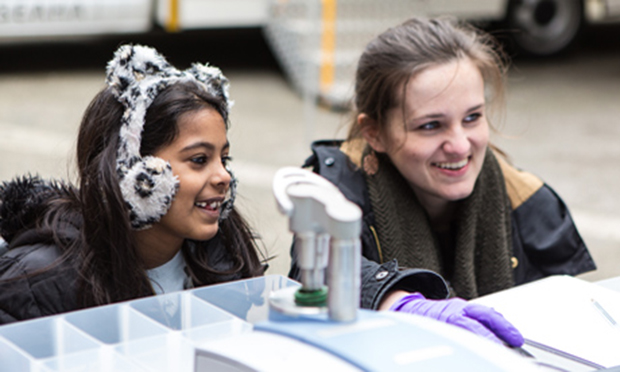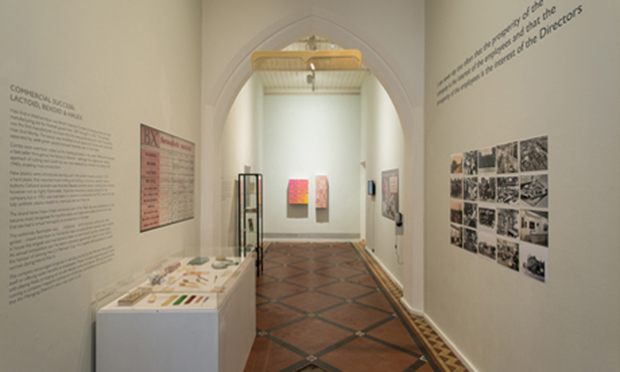New exhibition uncovers plastics’ invention and history in east London

In Hackney Wick, 1865, Victorian inventor Alexander Parkes created Parkesine, a precursor to celluloid and the world’s first man-made plastic. Raw Materials: Plastics traces this material’s remarkable journey in east London, presenting early plastic objects and exploring the impact this invention has had on our lives and history since.
Bow Arts’ ongoing Raw Materials series traces the industrial history of east London’s River Lea Valley one material at a time – supported by the National Lottery Heritage Fund and academic partner University College London (UCL). This year reveals the East End’s central role in the invention and early development of plastics, beginning with the invention of Parkesine, designed to mimic rare and endangered natural materials such as ivory and tortoiseshell. These first plastics are surprisingly ornate, inlaid with mother of pearl and precious metals and coloured with patterns of brilliant blues and greens. An early billiard ball illustrates the game changer Parkes’ invention provided in replacing ivory, which was previously used to make the game’s balls. What Parkes began went on to form the originally East End-based British Xylonite Company, whose eponymous Halex brand from Hale End, Walthamstow, at one time produced Europe’s supply of ping-pong balls.

The story of plastic’s evolution continues through the 1930s with Art Deco objects from the Halex brand, including an imitation shark-skin or ‘shagreen’ dressing table set and trinket boxes with iridescent surfaces mimicking semi-precious stones. Also on show are photographs of the factory working environments, including the company’s ‘in-house’ fire brigade – all too necessary due to the flammable nature of the materials involved. The exhibition continues with the later years of the British Xylonite Company activity in east London, including its contribution to the second world war and the 1960s celebrations of its Walthamstow base.
New commissions from resident artist makers Peter Marigold and Frances Scott accompany the historic displays. Marigold responds to the early mould-making techniques of inventor – and artist – Parkes, by making his own wooden moulds and using them to work with ‘FormCard’, Marigold’s own brand of compostable bio-plastic. Scott exhibits a new film, ‘PHX [X is for Xylonite]’, which draws upon photogrammetry, as well as laser scanning techniques offered through project partner UCL, in order to develop and animate 3D images of early plastic objects. These are collaged with hand- processed 16mm film footage captured in the laboratories at UCL, and of a recent demolition on the site of the original Parkesine factory in Hackney Wick.
Bow Arts is an arts education charity that provides affordable creative workspaces for over 500 emerging artists. On the ground floor of a former 19th-century convent, Bow Arts runs the Nunnery Gallery, a public gallery that supports a diverse range of high quality exhibitions and events as well as the delivery of a public arts programme. The adjacent Nunnery Café offers AllPress coffee and freshly-made brunches, as well as cakes and pastries.
Saturday 17 August Meet Thames21 & UCL’s Mobile Heritage Lab 12-4pm, free entry Nunnery Gallery, 181 Bow Road, E3 2SJ
Meet top UCL scientists and London environmental charity Thames21 to get the lowdown on plastics issues. Learn about the science of plastics – bring your own plastic objects for identification with UCL’s mobile lab. Join a fun hands-on session scouring Thames-shore material to find hidden plastic waste with Thames21.
Presented in partnership with UCL Institute of Sustainable Heritage and Thames21.
bowarts.org/nunnery/visit-from-the-mobile-heritage-lab-thames21
